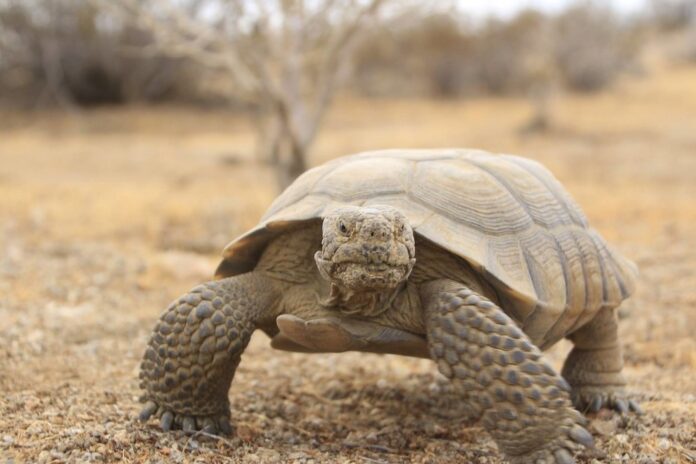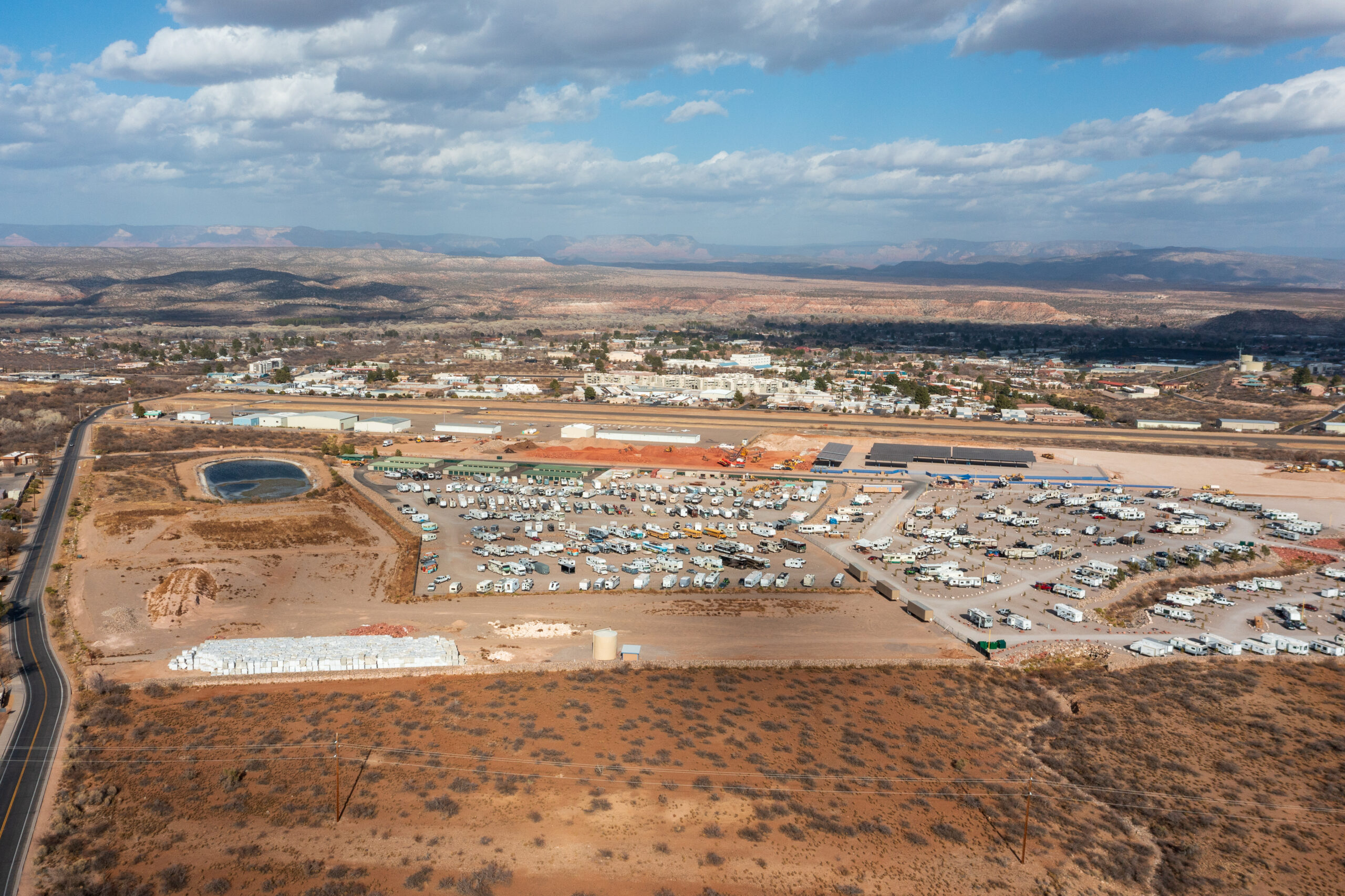Illegal breeding of Sonoran Desert tortoises has caused a record number of orphaned tortoises to be available this year through the Arizona Game and Fish Department’s tortoise adoption campaign.
As of February, the agency had around 300 tortoises up for adoption, double the number in a typical year. “We currently have 180 [available for adoption], 140 of those are juvenile [or] hatchlings,” Desert Tortoise Adoption Program coordinator Tegan Wolf said.
Wolf added that illegal breeding is the reason why there are so many tortoises in those age groups. “They start small and by the time people realize it’s an issue, they end up having 40 or 50 [tortoises].”
The biology of the Sonoran Desert tortoises contributes to the adoption problem, Wolf said, because females can lay 12 eggs per annual clutch and can continue to produce fertile eggs even after being separated from males for a few years.
“We’re getting so many from all these breeding situations, it’s hard to find homes for [tortoises] that are 2 or 3 years old because they live to be 80,” Wolf said.
“Per AZGFD Rule R12-4-407 it is illegal to breed desert tortoises,” the Sonoran Desert Museum’s website reminds visitors. “Captive desert tortoises may not be imported, or exported outside of Arizona under any circumstances, without authorization by [AZGFD]. It is illegal to collect desert tortoises from the wild.”
Releasing captive tortoises into the wild is a problem because they can transmit upper respiratory tract disease to their undomesticated brethren. URTD presents with symptoms similar to those of a common cold. Once a tortoise becomes infected, it can die or become a lifelong carrier. This forces captive-born tortoises to live out their long lifespans in the homes of Arizona’s residents.
“The captive desert tortoise is very prone to URTD and sometimes they don’t show symptoms and so we don’t know if they have it,” Wolf said. “You can also get false negatives on testing, and the testing can be expensive. It’s very contagious and it’s treatable, but it isn’t curable. If we released them into the wild, they could spread URTD to the wild tortoises and it could wipe them out.”
Proof of Burrow Required
“A burrow, that’s the biggest thing that we look for,” Wolf said. “Make sure it’s well insulated, because that’s where they’re going to go when it’s hot during the summer, then to semi-hibernate during the winter. We need to see that before we can approve your application.”
Burrows can be constructed from materials such as PVC pipes or buckets. They are best located in elevated areas for drainage, with plenty of shade in the afternoons and at least eight inches of soil around the burrow for insulation.
AZGFD recommends a 4-foot by 4-foot area with a screened top for hatchlings to protect them from predators.
“[For] adults, as long as you have a 10-foot by 10-foot area somewhere they will be totally fine — as long as they can’t get out of your yard,” Wolf said. “And as long as you don’t have an open pool, because they’ll walk right into it, as well as an open fire pit, because they’ll walk into that as well.”
Dogs require supervision around tortoises and are best kept in separate living areas because standoffs between the two are fairly common.
The tortoise adoption application is available through the AZGFD website at azgfd.com/wildlife-conservation with additional information. After an application is approved, residents can pick up a new friend from AZGFD’s Phoenix office.
“If … you like to hang out in your backyard and you want company while you’re having your morning coffee, it’s a low-maintenance pet that will be your friend for a long time,” Wolf said. “[Also], please stop breeding tortoises.



